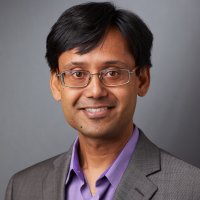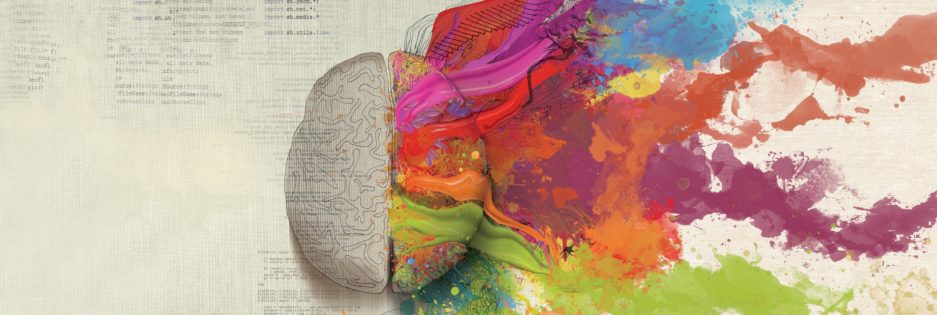In this column, I ask neuroscience professors from around the world the same five questions. Read on to learn more about their research, careers and goals for neuroscience in the future.

Interview with Anirvan Nandy, PhD
Anirvan Nandy, PhD
Assistant Professor
Yale Orthwein Scholar for Visual Science
Department of Neuroscience
Yale University School of Medicine
Ph.D.
Department of Psychology (Brain & Cognitive Sciences), University of Southern California. Thesis: Crowding and Form Vision Deficits in Peripheral Vision
M.S. (Electrical Engineering, Signal Processing)
National Technological University
Honors and Awards:
NEI Training Fellowship
Salk Institute Pioneer Post-doctoral Fellowship
Salk Society of Research Fellows Travel Award
McGuigan Award (USC Department of Psychology)
Elsevier/Vision Research Travel Award
Society for Neuroscience: Childcare Supplement Award
Joint Initiative Fellowship (USC College of Letters, Arts and Sciences)
1. What inspired you to pursue neuroscience as a career?
I have always been interested in communication systems: how entities (such as an ant or a radio) encode information about the physical world and how this encoded information is transmitted to other entities. After my undergraduate training in electrical engineering, I worked in the telecommunications industry where I designed systems that enabled people to communicate over 3G cellular networks. During my spare time, I started reading about the brain and it then dawned upon me that here was the ultimate communications device with its complex network of chattering neurons and whose mysteries remain to be uncovered. That is when I quit my industry job, enrolled in graduate school and began my neuroscience career.
2. What do you think is the most important goal of neuroscience research?
In my mind, the most important goal of neuroscience research is to understand the principles by which sensory information (such as light, sounds, touch) is sensed, relayed and stored by the neural machinery. This understanding needs to be deep enough such that we should be able to “fix” the machinery if it breaks down, for example, in neurological disorders.
3. What are the main topics and goals of your research?
My lab focuses on understanding the role of different categories of neurons in the six layers of the visual cortex in the encoding and transmission of visual information. We study how the workings of this neural orchestra is modulated when we move our eyes (which we do 2-3 times per second of every waking moment) and when we pay attention to some object over others.
4. What accomplishment do you think is the most important out of your own research?
Recently we have taken the first steps toward our understanding of how different sub-populations of cortical neurons contribute differently to the process of encoding information about visual objects to which we are paying attention. Further, we went on to show that a particular form of low-frequency fluctuations in neural activity hinder our ability to pay attention.
5. What do you hope to accomplish in the next 10 years in the field of neuroscience?
Much of current neuroscience research, either in humans or in animal models, happens in artificially constructed laboratory settings where experimental subjects are either constrained in their movements or perform tasks under time constraints or (in many cases) both. I believe that by using these traditional paradigms we are missing out on many fundamentals aspects of brain function. My hope is that we will device novel experimental paradigms that will enable us to study the brain in its natural state.
Bonus question: What is your advice to a teenager who wants to learn more about neuroscience?
Modern neuroscience is a multi-disciplinary field. My advice to a teenager would be to broaden their thought horizon and read widely from diverse fields: psychology, biology, physics, computer science, mathematics to name a few. Synthesis of multi-disciplinary knowledge is key to unlocking the mysteries of the brain.
